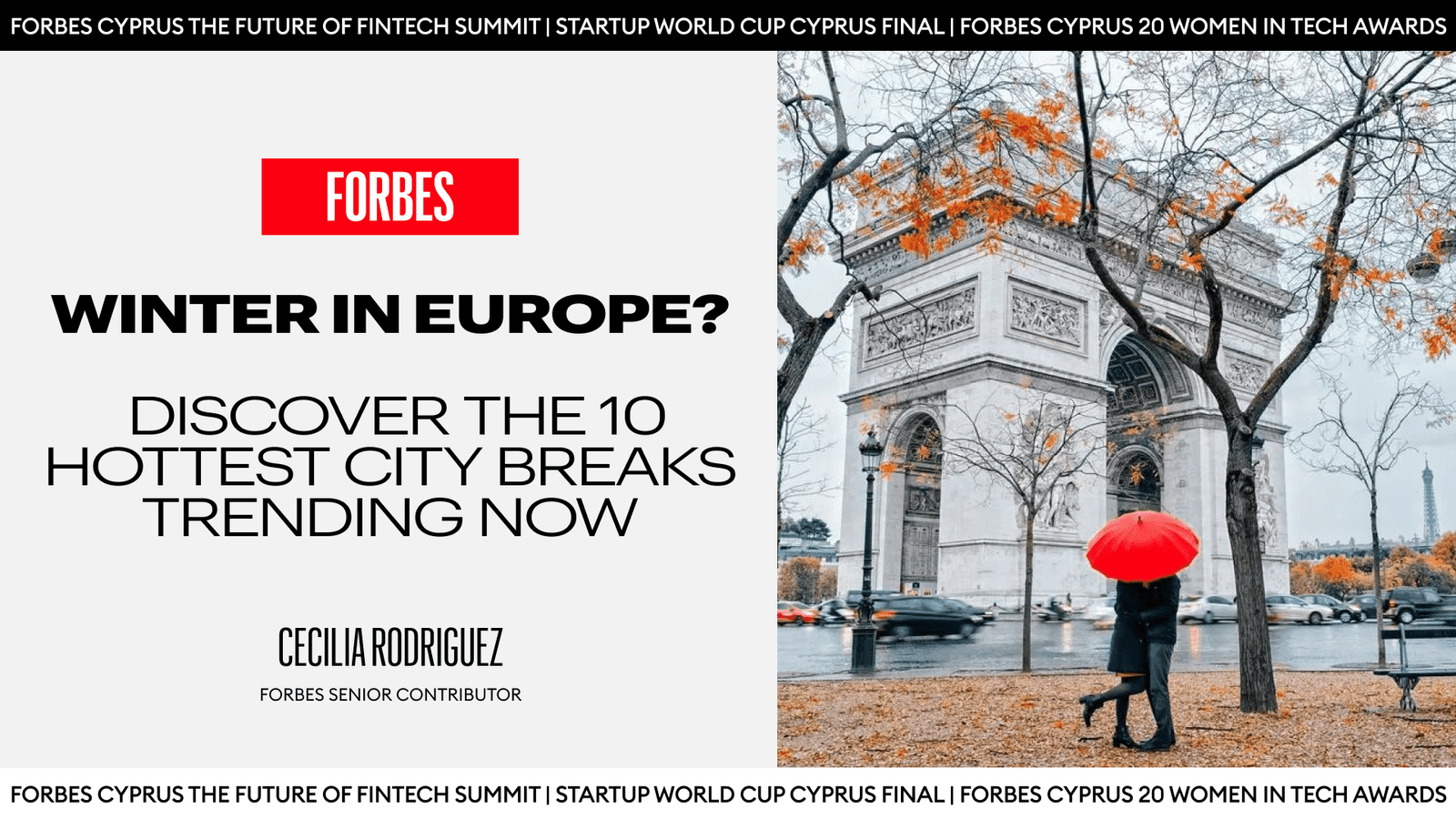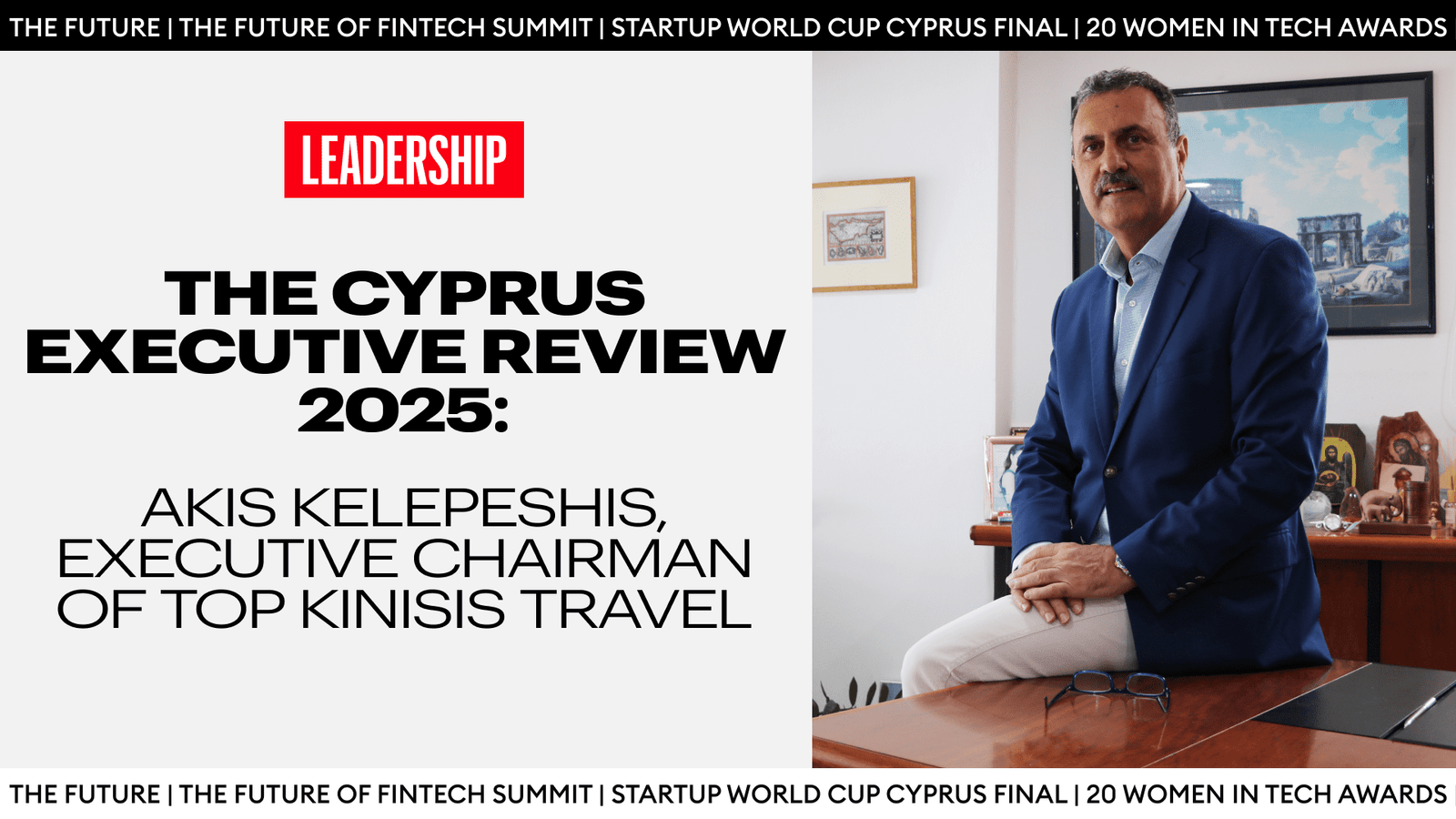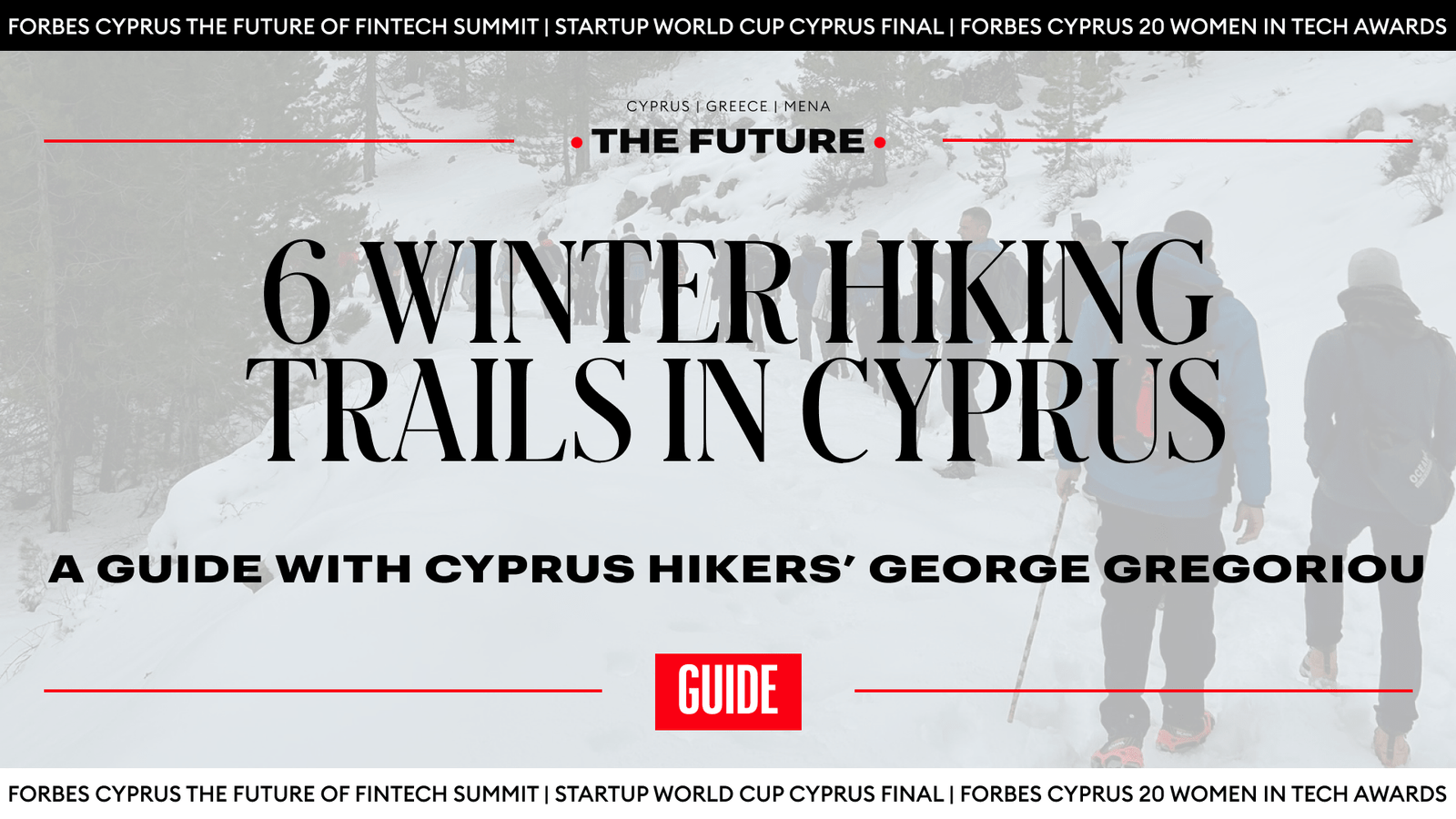Best known as the co-founder of Waze, the traffic navigation app acquired by Google for over $1.1 billion, Uri Levine has spent the last two decades turning startups into global disruptors. As an early-stage investor and advisor behind Moovit (acquired by Intel for $1 billion), Pontera, FairFly, and more, Levine has helped build products used by hundreds of millions of users worldwide. He’s also the author of Fall in Love with the Problem, Not the Solution, praised by Steve Wozniak, Co-founder of Apple, as the “bible” of entrepreneurship.
So when he took the stage at the Startup World Cup Cyprus 2025 Regional Finals in Limassol, it wasn’t just another keynote. For the ten finalists pitching for a chance to compete on the World Cup Finals Global Stage in San Francisco, and for the local founders, investors, and professionals in the audience, it was a rare chance to learn directly from one of the most battle-tested entrepreneurs in the global tech scene.
Follow THE FUTURE on LinkedIn, Facebook, Instagram, X and Telegram
Levine’s talk kicked off a packed day of founder pitches, panel discussions, and startup showcases, part of a growing movement to position Cyprus as a serious player in the regional innovation ecosystem. His message? To build a billion-dollar company, you have to fall in love with a real problem—and keep solving it, even when it’s hard.
The keynote helped set the tone for a day that included standout appearances from ventures like Calspak, RELOC8 Online, and more. As Cyprus accelerates its ambition as a launchpad for high-growth tech startups, Levine’s no-nonsense approach resonated with an audience eager to learn not just how to build, but how to build smart.
Fall in Love with the Problem, Not the Solution
Levine’s core principle, one he repeats often in interviews, his writing, and on stage, is deceptively simple: fall in love with the problem, not the solution.
“The biggest mistake that entrepreneurs are doing,” he told the audience, “is that they are falling in love with the solution. Not with the problem. Not with the user’s problem, not with the customer problem, but with their own solution.”
In his view, every successful company is built by relentlessly tackling a real, painful problem. If the problem is big enough and the need is urgent, a market will form around it. But too many founders start with a product idea and retrofit a problem to justify it.
“Fall in love with the problem, not with the solution. Not with your product, not with your technology, but the problem itself. That will be your north star.”
Levine emphasized.
That mindset, he argued, is what separates good startups from the ones that scale. Waze, for example, didn’t set out to build just another GPS tool; it solved the real frustration of drivers stuck in traffic with no visibility or alternatives. Moovit tackled the chaos of public transportation by building a crowdsourced navigation app that made commuting smoother for millions.
Levine encouraged founders to ask themselves two key questions early and often: Who are your users? And what problem are you solving for them? If the answers aren’t clear and urgent, he warned, the company will struggle to gain traction, no matter how exciting the technology.
Be Prepared to Fail and Fail Fast
Uri Levine was blunt about one of the toughest realities of startup life: failure isn’t just a possibility. It’s inevitable.
“You’re going to fail. Everybody fails. You’re going to fail many, many times. And that’s OK.”
Levine reframed failure not as something to avoid, but as a necessary step toward finding what actually works. The real failure happens when founders are afraid to try in the first place.
“If you’re afraid to fail, then in reality you already failed because you are not going to try.”
That fear shuts down experimentation and traps teams in endless planning. Levine urged founders to fail fast, not because the failures are the goal, but because they unlock learning.
“The second one is that you want to fail fast because then you still have plenty of time to try another approach… another version of the product.”
Levine recounted the rocky early days of Waze, which began as a grassroots community project in Israel before attempting to expand into the U.S. market. The app’s U.S. launch was, by his own account, a failure. “No one was using it,” Levine told the audience. American users downloaded the app, gave it a try, and quickly abandoned it. The product simply wasn’t working in its new environment. But rather than retreat, Levine’s team chose to confront the failure head-on, an approach he insists is central to building lasting success.
They began introducing new features like voice navigation, improving the user interface, and refining the community mapping model that allowed users to actively shape their local road data. That relentless iteration eventually paid off. Waze gained traction, grew into a global navigation app with tens of millions of users, and in 2013, was acquired by Google for over $1 billion.
For the entrepreneurs listening in Cyprus, many of whom are still at the beginning of their journeys, Levine’s message was equal parts caution and inspiration: success doesn’t come from avoiding mistakes. It comes from learning fast and building smarter, every time..
Solve a Big Problem or Don’t Bother
Levine closed his keynote with perhaps his most uncompromising advice of the day: if you want to build a billion-dollar company, it has to start with a billion-dollar problem. “If you are not solving a big problem,” he told the crowd, “then don’t start.”
For Levine, the size of the opportunity is directly linked to the size of the pain point. Products that merely tweak existing conveniences rarely gain global traction. Instead, the startups that break through, like Waze or Moovit, do so by addressing persistent problems shared by millions. “You have to go big or go home,” he said. “Don’t solve small problems. Solve big ones.”
But he also warned that founders often ignore this in favor of building clever tools with little real-world relevance. “Fall in love with the problem, not the solution,” he repeated.
“If you are solving a real problem, the users will come. If you’re not, no matter how cool your tech is, they won’t.”
His parting message echoed throughout the room: Don’t waste time building something that no one truly needs. Focus, test, fail fast, and solve something that matters.













